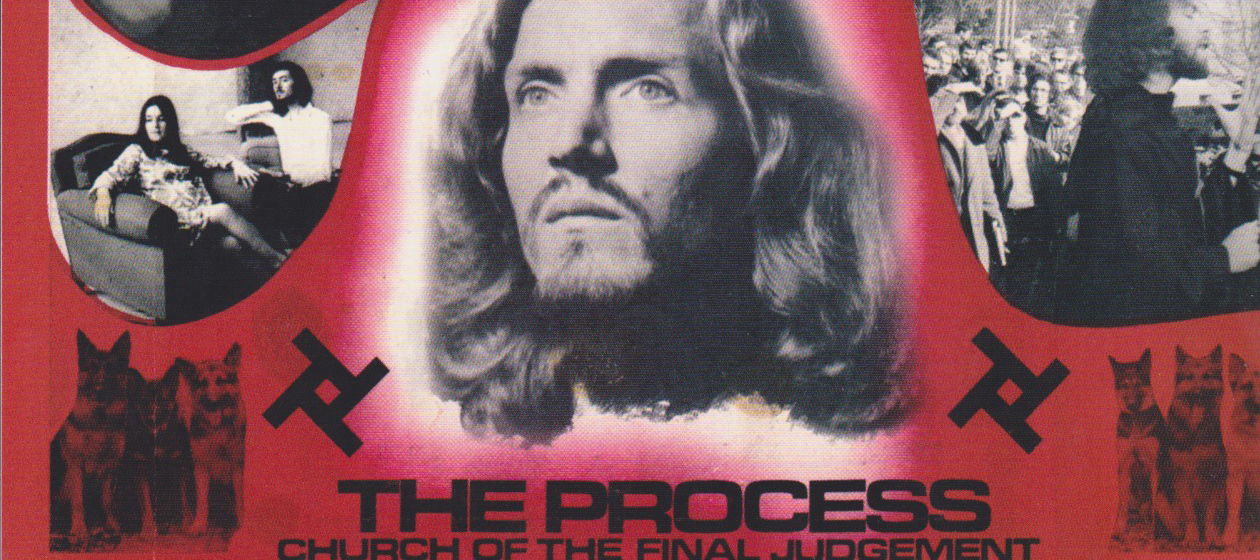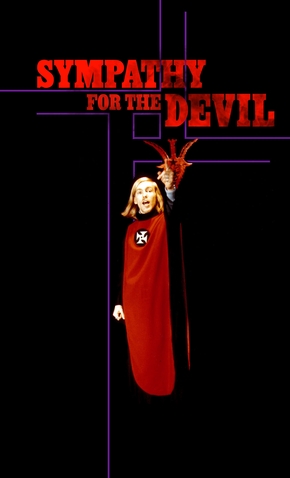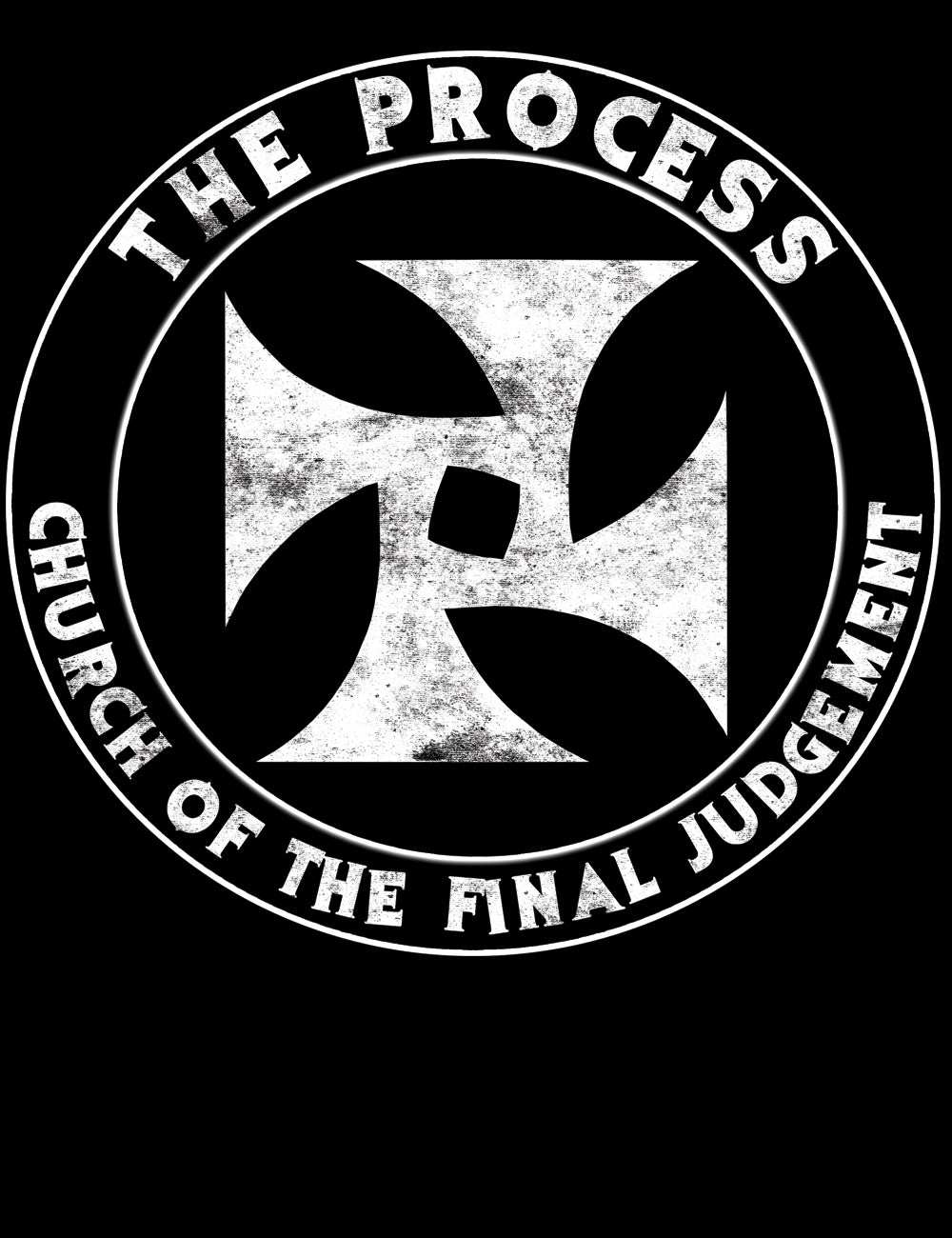
The 2017 Feral House catalog features publications on edgy cultic milieu-associated topics-from Satanism and the occult, to conspiracy theories, true crime, and pornography. In addition, its plot seems to implicitly encourage wholehearted scholarly participation in attractive alternative religions.Īlthough its role in any actual Process revival is yet uncertain, the book itself is already circulating in larger cultural contexts that at least include the publisher's catalog. the similarity of Process personality analysis to that of the Divergent young adult fiction series). Due to its atypical genre, the book also encourages broader reflections than scholarship usually allows (e.g.

For those acquainted with scholarship on the Process and new religious movements, it clearly builds on the group's actual history and references general academic insights, such as common movement growth patterns. The book touches on a hodgepodge of topics-from contemporary technology to transhumanism and the presumed civilizational threat of Islam. Instead, he precipitates a climactic scholarly conversion and makes the decision to start a new religious center for the refounded church. Eventually involving three colleagues, Anson neither resurrects Stuart nor solves the mystery of the true enemies behind the siege. After Anson receives four cylinders containing Stuart's DNA and data about his memories, he embarks on a quest to visit and study some loosely connected, splintering offshoot new religious movements now aligned with the individual deities from the historic Process pantheon. It then morphed, via social implosion and intensive cultural creation, into a short-lived polytheistic and esoteric religion whose pantheon included Satan and whose practices involved recognition and eventual reconciliation of different divinely-derived psychological tendencies.īainbridge's novel now uses twelve chapters to follow protagonist Robert Anson, a social computing scholar and program director at the National Social Science Institute, whose old schoolmate, Colin Stuart, revived the group before dying in a mysterious Waco-like government siege. Best known from Bainbridge's 1978 ethnography Satan's Power: A Deviant Psychotherapy Cult, the Process began as a British Scientology-related psychotherapeutic group called Compulsions Analysis. The novel describes the group's examination by a handful of scholars who eventually affiliate with it. Vincent Bugliosi, the prosecutor of the Charles Manson family trial, comments in his book Helter Skelter that there may be evidence Manson borrowed philosophically from the Process Church, and that representatives of the Church visited him in jail after his arrest.By writing a novel that posits a present-day revival of the Process Church of the Final Judgment, sociologist William Sims Bainbridge has contributed to discussion about, and added to the legacy of, the Process.

Their belief is that Satan will become reconciled to Christ, and they will come together at the end of the world to judge humanity, Christ to judge and Satan to execute judgment. They were often viewed as Satanic on the grounds that they worshiped both Christ and Satan. Originally headquartered in London it had developed as a splinter client cult group from Scientology, so that they were declared “ suppressive persons” by L.

The Process, or in full, The Process Church of the Final Judgment, commonly known by non-members as the Process Church, was a religious group that flourished in the 1960s and 1970s, founded by the English couple Mary Anne and Robert DeGrimston (originally Robert Moor and Mary Anne MacLean).


 0 kommentar(er)
0 kommentar(er)
